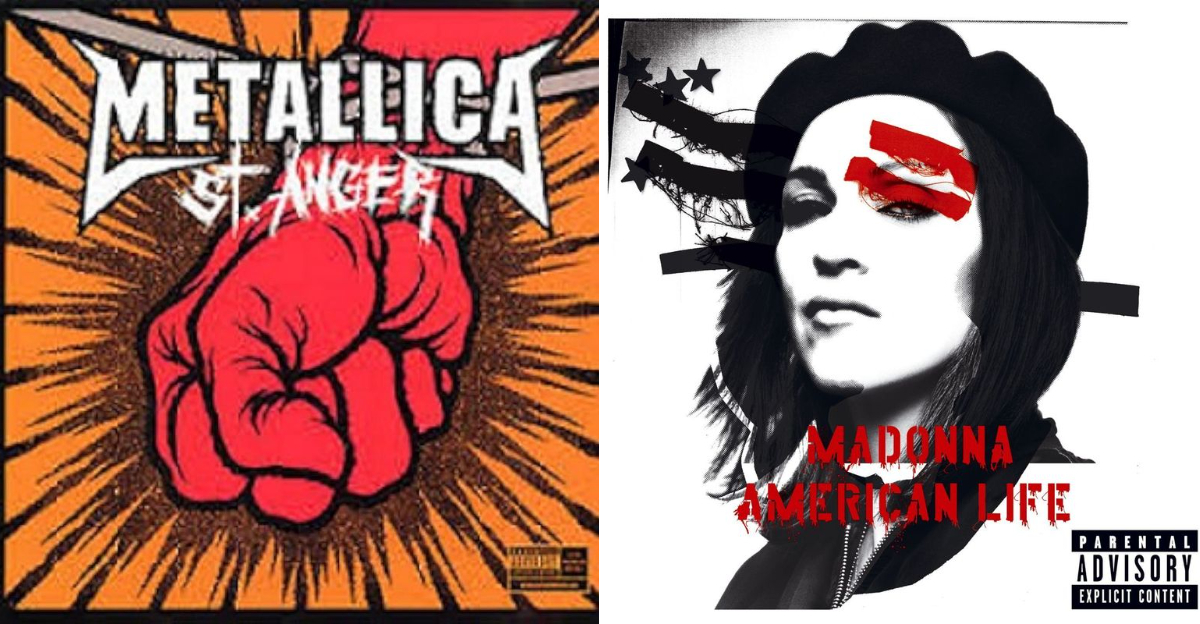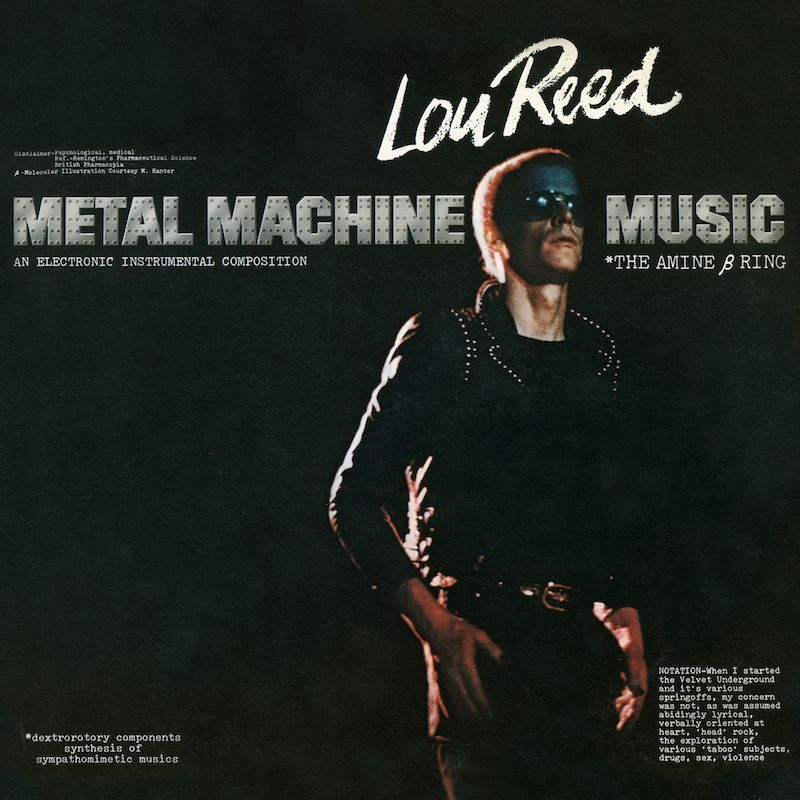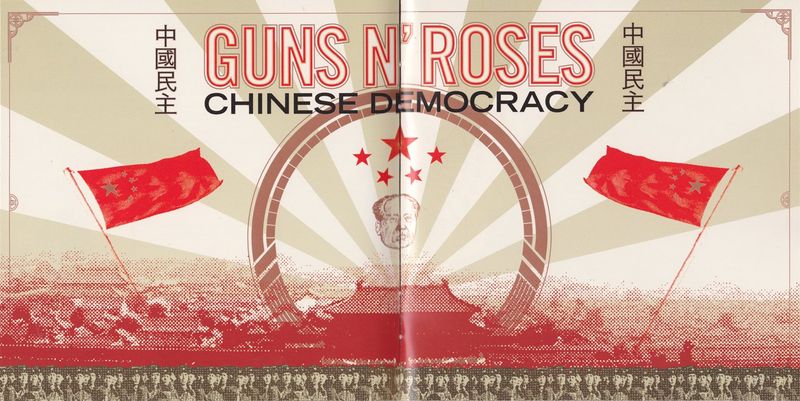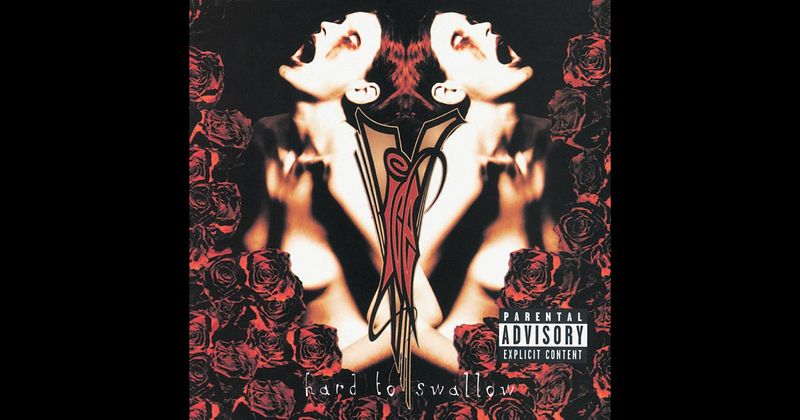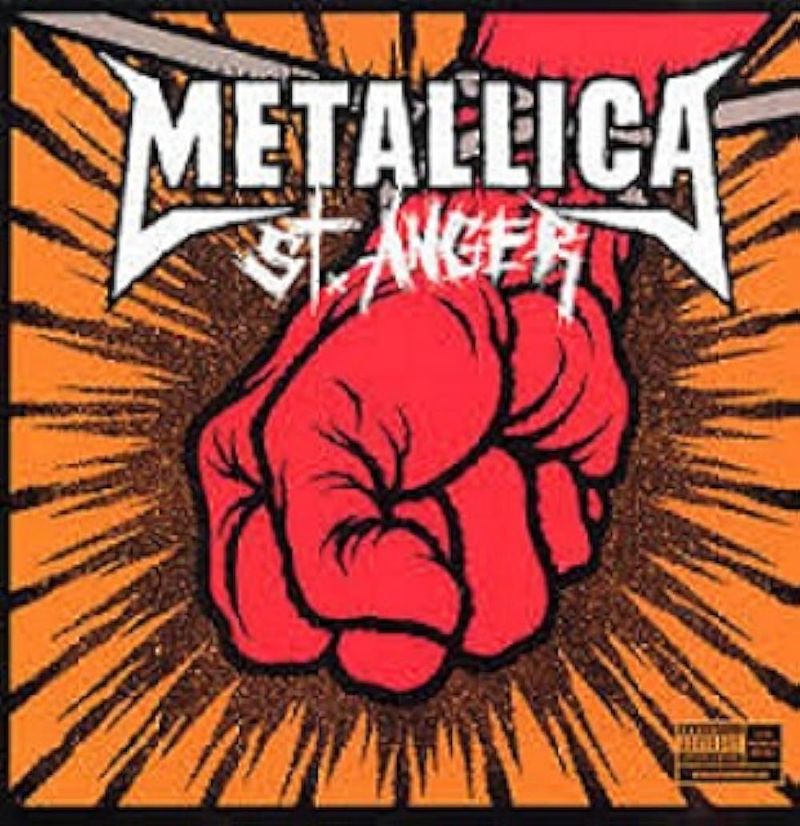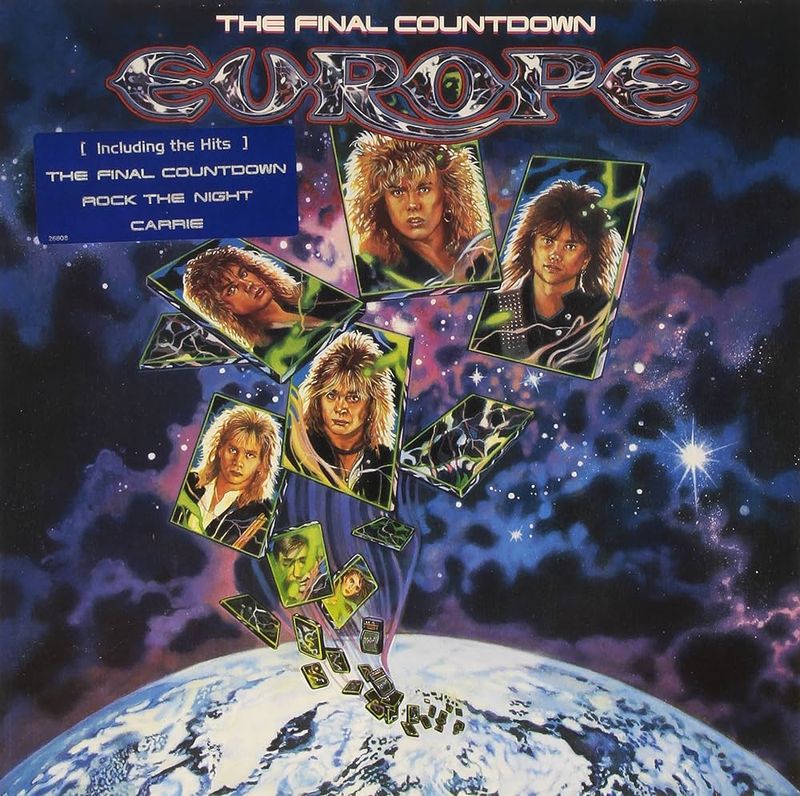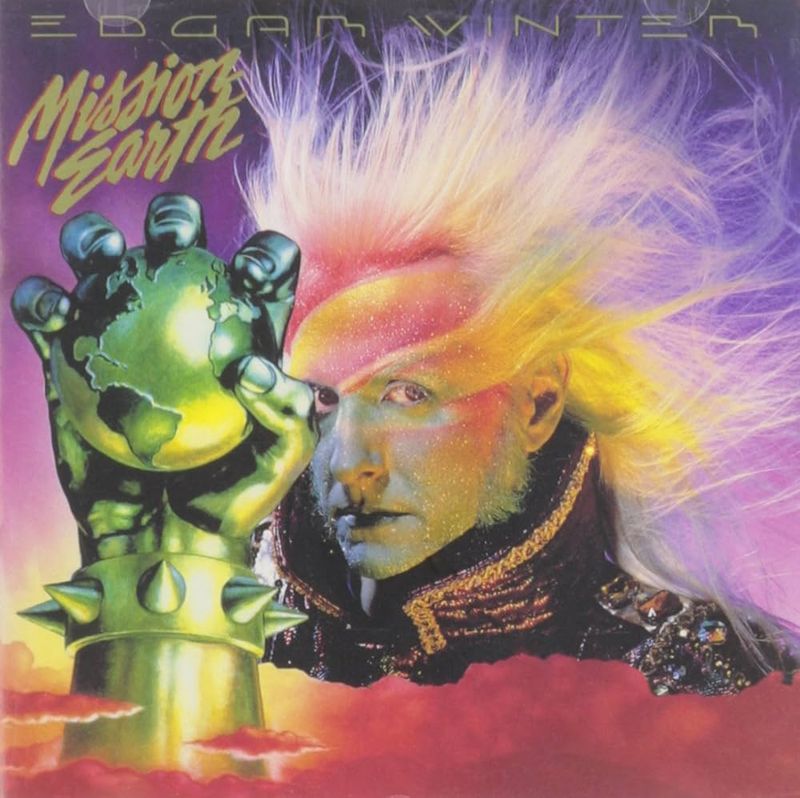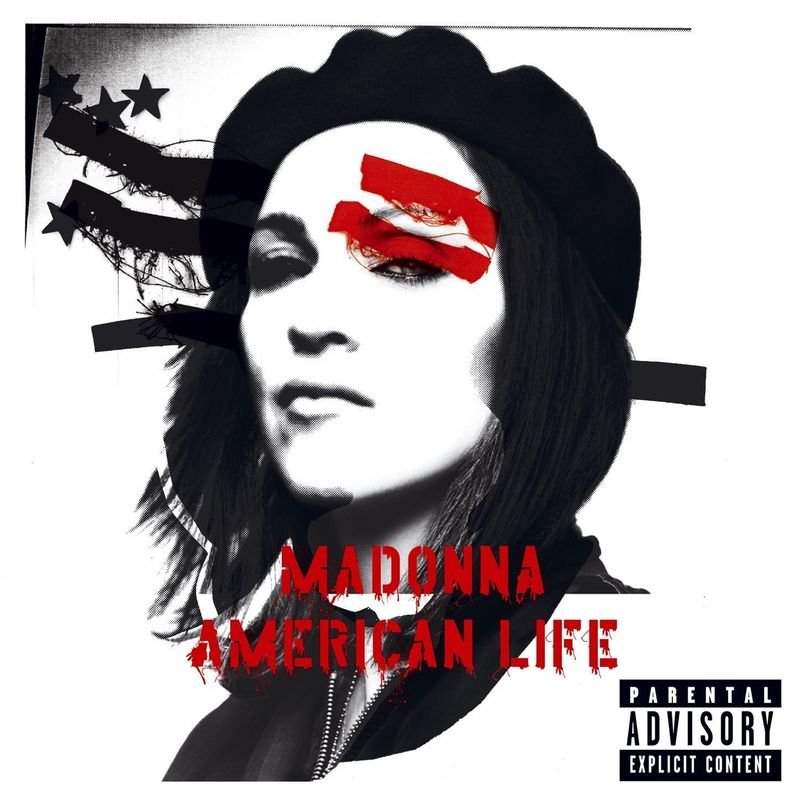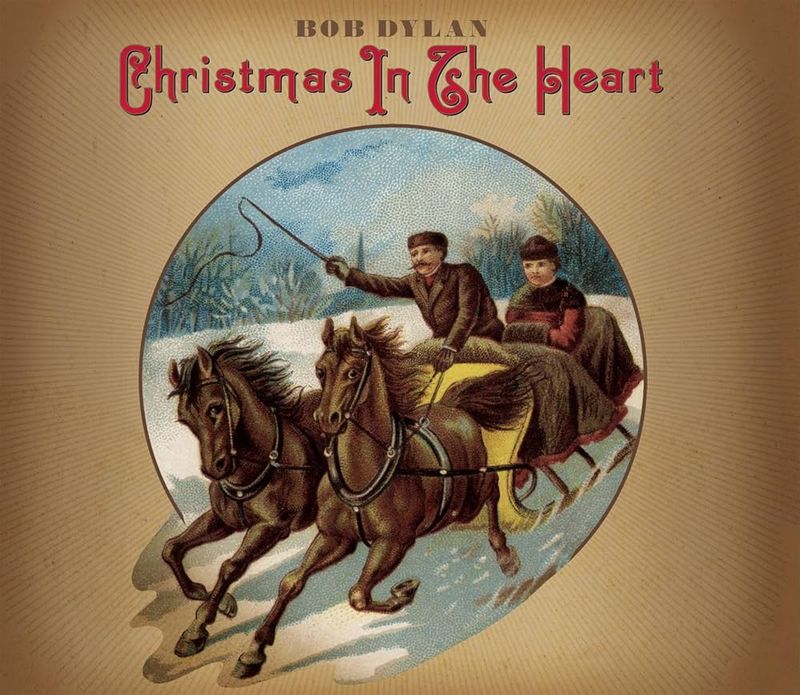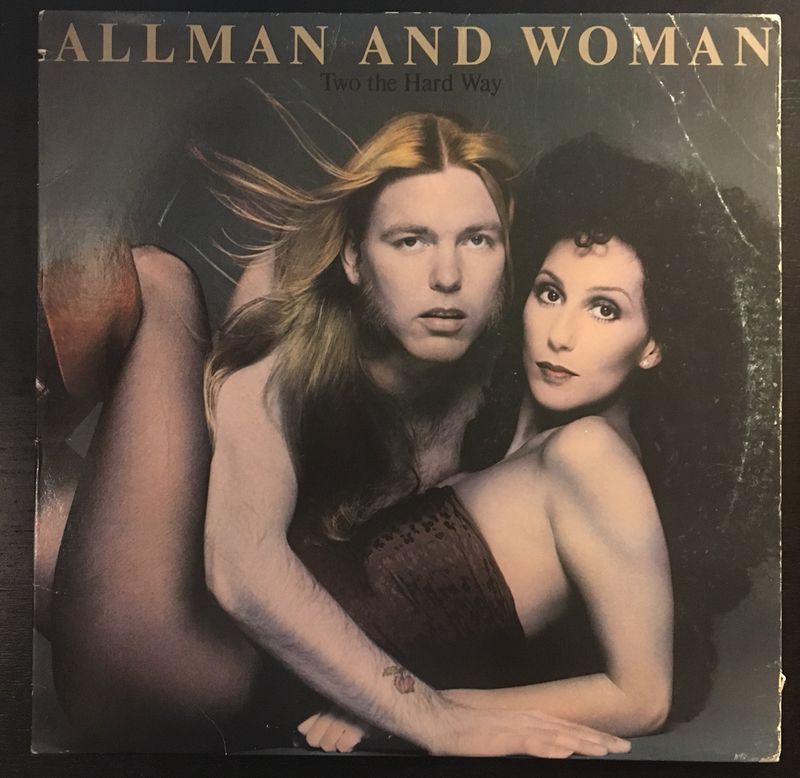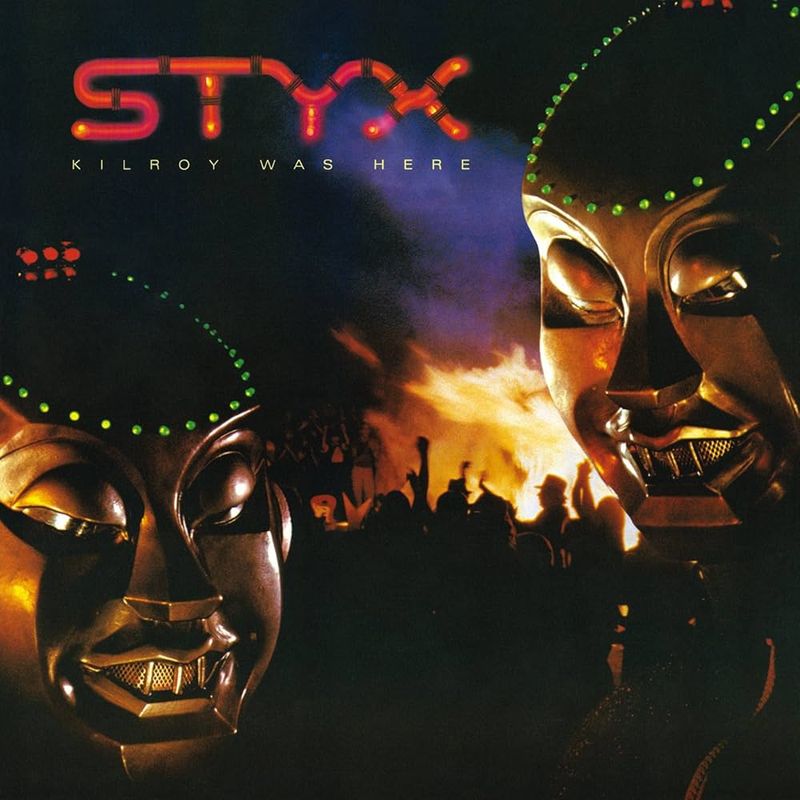Throughout music history, some albums have been so poorly received by critics that they have earned a notorious reputation. Whether it’s due to ambitious yet failed experiments, awkward stylistic shifts, or sheer lack of quality, these albums have left a mark for all the wrong reasons. Here’s a look at 15 albums that critics have harshly rated as the worst ever.
1. Metal Machine Music – Lou Reed (1975)
Lou Reed’s “Metal Machine Music” does just that. Released in 1975, this album presents a 64-minute barrage of unrelenting guitar feedback and noise, devoid of lyrics or melody. Many listeners and critics have branded it as utterly unlistenable. Yet, others argue that it pushes the boundaries of avant-garde music, opening new doors for experimental sounds. Reed’s bold move, whether regarded as genius or folly, remains a polarizing piece of music history. Notoriously, Rolling Stone’s Lester Bangs found brilliance amidst the chaos.
2. Chinese Democracy – Guns N’ Roses (2008)
Fourteen years in the making, Guns N’ Roses’ “Chinese Democracy” was met with anticipation and skepticism alike. Axl Rose, the sole original member, embarked on this ambitious solo journey under the band’s name. Critics found the tracks overproduced and bloated, losing the raw edge that once defined GNR. Despite its technical prowess, the album lacked the cohesion and grit that fans desired. Nevertheless, some listeners found charm in its grandiosity and innovation. “Chinese Democracy” serves as a testament to Rose’s relentless pursuit of musical perfection.
3. Funstyle – Liz Phair (2010)
Liz Phair’s “Funstyle” marked a perplexing pivot from her indie rock roots. Released in 2010, the album startled fans with its unexpected foray into rap-rock. Tracks like “Bollywood” left listeners scratching their heads, blending quirky lyrics with awkward beats. Though critics disapproved, branding it as cringe-worthy, others praised Phair’s boldness to experiment and defy expectations. The stark departure from her earlier work highlights Phair’s willingness to evolve, even at the risk of alienating her core audience. “Funstyle” remains a conversation starter in her discography.
4. Hard to Swallow – Vanilla Ice (1998)
In 1998, Vanilla Ice attempted a striking reinvention with “Hard to Swallow.” Embracing nu-metal, the album showcased a drastic shift in musical style. Critics derided the forced aggression and laughable lyrics, marking it as a low point in his career. Despite the negative reviews, some listeners acknowledged the effort to adapt and remain relevant. Ice’s bold move to redefine himself was met with mixed reactions, yet it highlighted his resilience in the face of changing musical landscapes. “Hard to Swallow” serves as a curious chapter in the evolution of his artistry.
5. St. Anger – Metallica (2003)
Critics and fans alike were taken aback by Metallica’s “St. Anger,” released in 2003. Known for their iconic guitar solos, this album shockingly features none. The band’s choice of a trash-can-like snare drum sound also drew ire. Lyrics throughout the album felt repetitive, leaving listeners yearning for the complexity Metallica was once known for. Despite the negative reception, some appreciated the raw energy and emotion, viewing it as a raw reflection of the band’s internal struggles. “St. Anger” remains a controversial chapter in Metallica’s storied career.
6. The Final Countdown – Europe (1986)
Europe’s “The Final Countdown” is synonymous with its iconic title track, but critics were less kind to the rest of the album. Released in 1986, the album’s other songs were criticized for being cheesy and overly polished. The glam rock style, while popular at the time, seemed to lack substance beyond the hit single. However, “The Final Countdown” has found a lasting legacy as a quintessential 80s anthem. Despite its critical panning, the title track’s enduring popularity keeps the album alive in the annals of rock history.
7. Cyberpunk – Billy Idol (1993)
Billy Idol’s ambitious “Cyberpunk,” released in 1993, aimed to capture the essence of a burgeoning digital age. However, the album’s techno and industrial sounds felt outdated upon release. Critics labeled it as a desperate attempt to stay relevant amidst evolving musical trends. Despite the negative reception, “Cyberpunk” serves as a time capsule of early 90s cyber culture. Idol’s willingness to explore new genres reflects his enduring curiosity and adaptability. Though not a commercial success, the album remains a unique experiment in Idol’s diverse musical journey.
8. Paula – Robin Thicke (2014)
Robin Thicke’s “Paula,” released in 2014, serves as an emotional plea for reconciliation with his ex-wife. Critics panned the album for its seemingly pathetic and desperate tone. The personal nature of the lyrics, intended as a public apology, felt uncomfortable to many listeners. Despite the criticism, some appreciated Thicke’s vulnerability and honesty. “Paula” offers a raw insight into the artist’s personal life, blurring the line between public persona and private struggles. Its reception reflects the complexities of sharing personal narratives through music.
9. Mission Earth – Edgar Winter (1986)
“Mission Earth,” Edgar Winter’s 1986 rock opera, was inspired by L. Ron Hubbard’s writings. Critics mocked it for its overblown pretentiousness and poor lyrics. The sci-fi storyline, coupled with Winter’s ambitious composition, felt out of touch with audiences. Despite the backlash, “Mission Earth” remains an intriguing exploration of narrative in music. Winter’s attempt to blend rock with science fiction reflects his creative vision. Though not commercially successful, the album stands as a unique fusion of genres, illustrating the limitless potential of musical storytelling.
10. Lulu – Metallica & Lou Reed (2011)
The collaboration between Metallica and Lou Reed on “Lulu” in 2011 left fans and critics bewildered. Combining Reed’s spoken-word artistry with Metallica’s heavy metal sound resulted in a chaotic mix. Many labeled it as “the worst album ever made,” yet others found uniqueness in its audacity. The album’s unconventional structure challenged traditional musical boundaries. Despite the harsh criticism, “Lulu” reflects a daring experiment that dared to defy norms. Its legacy, whether viewed as a misstep or a bold artistic statement, remains a topic of debate.
11. American Life – Madonna (2003)
Madonna’s “American Life,” released in 2003, faced backlash for its awkward rap attempts and preachy lyrics. Critics felt the album was tone-deaf amidst the political climate of the Iraq War. Despite its reception, some recognized Madonna’s effort to address personal and societal issues. The album’s introspective nature showcased her willingness to evolve as an artist. “American Life” stands as a reflection of Madonna’s journey, exploring themes of identity and purpose. Its controversial reception highlights the challenges of blending personal expression with public expectations.
12. Results May Vary – Limp Bizkit (2003)
Limp Bizkit’s “Results May Vary,” released in 2003, marked a departure from their signature style. Critics were unimpressed by Fred Durst’s attempt at “maturity,” finding the album’s content lacking depth. A particularly ill-received cover of “Behind Blue Eyes” highlighted their struggle to connect with audiences. Despite the criticism, the album’s experimentation reflects the band’s desire to evolve. “Results May Vary” captures a transitional phase in Limp Bizkit’s career, offering a glimpse into their artistic journey. Its mixed reception underscores the challenges of reinvention.
13. Christmas in the Heart – Bob Dylan (2009)
In 2009, Bob Dylan released “Christmas in the Heart,” a collection of holiday classics. Critics were taken aback by his croaky, off-key renditions, finding them less than festive. Despite the harsh reviews, some listeners embraced Dylan’s unique take on familiar tunes. The album aimed to capture the spirit of the season, albeit through Dylan’s unorthodox lens. Its proceeds benefited charities, adding a layer of goodwill to the project. “Christmas in the Heart” reflects Dylan’s willingness to defy expectations, even in the realm of holiday music.
14. Two the Hard Way – Cher & Gregg Allman (1977)
“Two the Hard Way,” released in 1977, was a collaboration between Cher and Gregg Allman during their tumultuous marriage. Critics deemed the country-rock album “unbearable,” as the personal tensions overshadowed the music. Despite the negative reception, the project stands as a testament to their shared artistic ambition. Their contrasting styles clashed, yet offered a raw glimpse into their relationship. “Two the Hard Way” serves as a poignant reminder of the complexities of mixing personal and professional lives. Its legacy remains a curious footnote in their storied careers.
15. Kilroy Was Here – Styx (1983)
Styx’s rock opera “Kilroy Was Here,” released in 1983, explored a dystopian future where music was banned. Critics panned the album for its pretentiousness and convoluted storyline. Featuring the infamous “Mr. Roboto,” the album’s ambitious narrative failed to resonate widely. Despite the criticism, “Kilroy Was Here” showcases Styx’s flair for theatricality and innovation. The album remains a cult favorite, celebrated for its audacious concept and memorable hooks. Its legacy endures as a bold experiment in blending rock with storytelling, leaving a lasting impact on fans.
